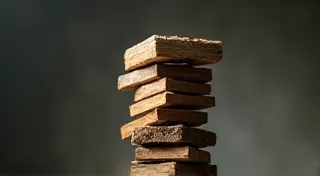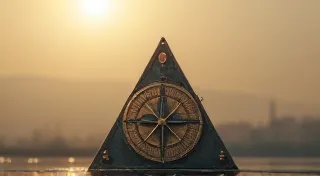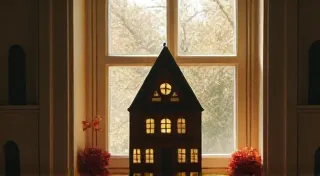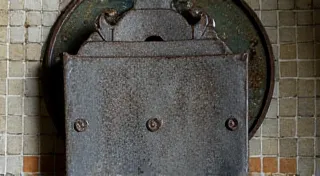Postcard Palimpsests: Overprinted Messages and the Stories They Tell
There's a particular thrill in holding an antique city postcard. It’s not just the image, the meticulously rendered streetscapes of bygone eras, but the *feeling* it evokes – a tangible link to someone who lived, observed, and communicated in a world both familiar and profoundly different from our own. But what if that postcard holds an even deeper secret, a layer of history overlaid upon history? What if it carries a message, not originally intended for our eyes, penned directly onto the face of the picture itself? These are the "palimpsests" of the postcard world – cards bearing overprinted messages, and they offer a window into personal communication across time that is truly remarkable.
The term "palimpsest" originates from ancient manuscripts, referring to writing surfaces, often parchment, that were scraped clean and reused, with faint traces of the original text remaining visible beneath the new. These overprinted postcards share a similar quality; the original image – the carefully lithographed view of Chicago, the bustling docks of Liverpool, the grand avenues of Paris – acts as the underlying layer, while a personal message, added later, reveals a glimpse into a fleeting moment of connection.
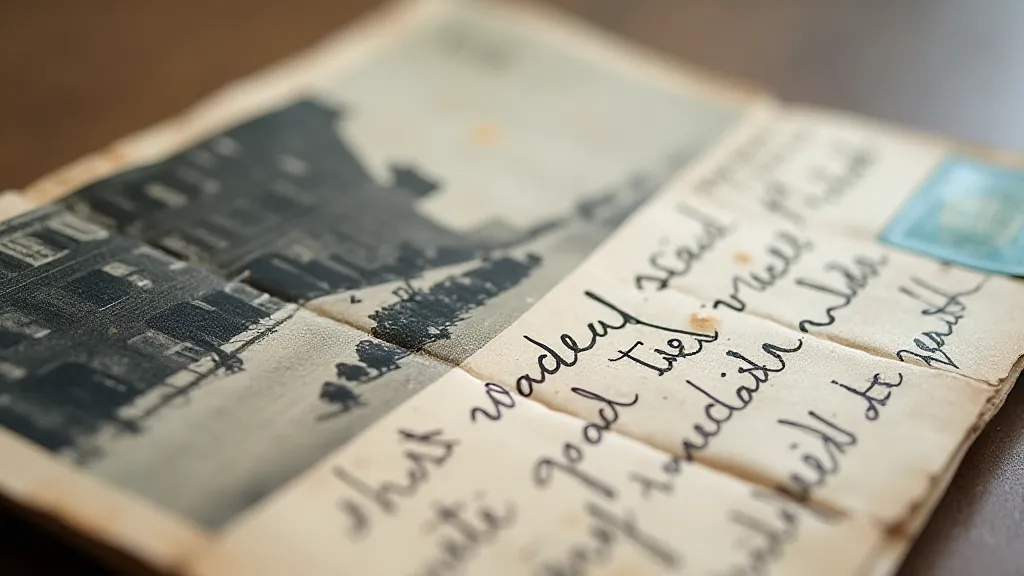
The Practice of Overprinting: Why & How
Why would someone write on a postcard? The most obvious answer – to send a message! But the practice of overprinting, particularly on already-mailed cards, suggests something more. Perhaps the original recipient moved, and a later correspondent penned a new address and a brief note. Maybe a memento was being passed along, a treasured image shared with a different family member. Or perhaps, and this is one of the most poignant possibilities, a conversation was being continued, a chain of correspondence spanning years and families. The sheer prevalence of these cards suggests a deliberate effort to extend the lifespan of these visual documents, transforming them into repositories of personal narratives.
The techniques used to add these messages varied. Some were penned directly onto the picture face with a fountain pen or ink pencil, often in a flourishy, almost calligraphic style. Others were printed using stamps, sometimes covering earlier messages entirely. Still others might be added with a more utilitarian script, clearly intended for immediate delivery. Analyzing these techniques can provide insights into the social customs and technological capabilities of the era. Examining the evolution of printing methods and ink availability helps paint a more complete picture of postcard usage during the early 20th century.
A Glimpse into Personal Lives
The messages themselves are often fragmented, tantalizing glimpses into the lives of ordinary people. "Arrived safely. Weather fine. Wish you were here." "Remember me. Hope to see you soon." "Don’t forget to send the money!” These brief phrases, so commonplace in their wording, are extraordinary in their context. They represent a moment of connection, a desire to share a piece of one’s experience with another, preserved across decades. They remind us that behind every postcard is a person, with hopes, dreams, and the same fundamental need for human connection that we share today. Imagine the world these people inhabited, the urban landscapes they navigated, and how the democratization of urban views, captured on these small cards, allowed them to share their experiences with loved ones.
Consider the emotional resonance of holding a card sent from Vienna in 1913, bearing a hastily added note about a delayed train. You’re not just reading words; you’re experiencing a sliver of someone’s day, a minor inconvenience transformed into a tangible link to the past. The echoes of those hurried footsteps, the anxieties of a traveler, seem to vibrate within the card itself.
Craftsmanship & the Allure of Linen
The rise of overprinted postcards coincided with the peak of the linen postcard era (roughly 1910-1930). Linen postcards, known for their soft, almost velvety texture, were particularly popular due to their ability to reproduce photographic images with stunning clarity. The quality of the printing, combined with the tactile appeal of the linen stock, made these cards highly desirable as both visual objects and vehicles for communication. The impact of these visual portrayals extended beyond personal correspondence; these cards contributed to a collective understanding and appreciation of urban spaces across vast distances. The appeal wasn’t just aesthetic; it also influenced the way cities were perceived and shared. The choice of linen wasn’t purely aesthetic; it also affected how inks adhered, impacting the longevity and legibility of subsequent overprinting. A faint, almost ghostly impression of a previous message might still be detectable, adding another layer of intrigue to the card's history. The artistry involved in capturing these urban landscapes is remarkable, especially when considering the anonymous artists who dedicated themselves to rendering these familiar scenes.
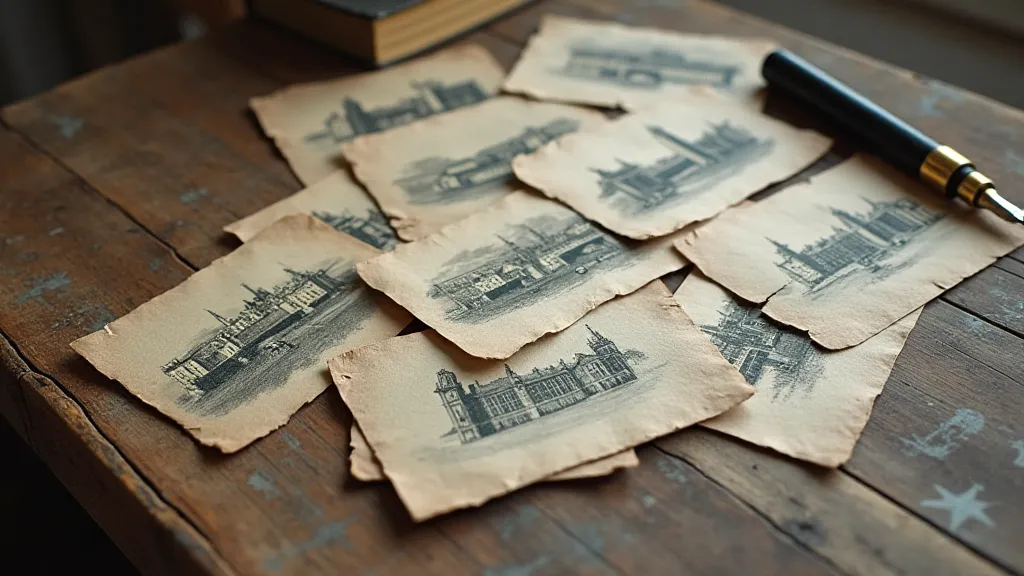
Identification, Rarity & Value
From a collector's perspective, overprinted postcards present a fascinating challenge and opportunity. While the presence of an overprint doesn't *always* increase a card's value, it often adds a significant element of interest. The rarity depends on several factors: the desirability of the original image, the type of overprint, and the clarity and content of the message. Identifying the original series and publisher can be tricky, especially if the overprint obscures crucial details. Researching local printing firms and postcard dealers can often yield valuable clues. The content of the overprint also matters. A card bearing a poignant or historically significant message (perhaps referencing a notable event or person) is likely to be more valuable than one with a generic note. The evolution of printing technology significantly affected these cards.
The intricate details in these images were often produced under challenging circumstances, requiring a level of skill and precision that is truly admirable. Examining the ways these city views were crafted offers fascinating insights into the artistic and technological advancements of the era.
The Ethical Considerations of Restoration
The question of restoration is a delicate one when dealing with overprinted postcards. While cleaning dust and surface dirt is generally acceptable, any attempt to alter or erase the overprint is almost universally frowned upon by collectors. The overprint is an integral part of the card's history, a testament to its journey through time. Removing or obscuring it would be akin to destroying a piece of the past. Moreover, the fading colors that are so characteristic of these vintage postcards add to their charm. Considering how investigating the fading colors of antique cityscapes illuminates the fragility of these visual records is crucial.
Similarly, attempts to "enhance" the message – brightening the ink, cleaning up smudges – are discouraged. The beauty of these cards lies in their authenticity, their imperfections, their tangible connection to the past. Leaving them as they are, allowing them to speak for themselves, is the most respectful approach.
How Landscapes Changed Over Time
The postcards also offer a compelling historical record of urban development and transformation. Comparing images of the same location across different years can reveal changes in architecture, transportation, and even social dynamics. Understanding how the geographer's palette captured changing urban topography adds another layer of depth to the appreciation of these cards.
Beyond the Image: The Social Context
These postcards weren't just about sending pretty pictures; they were a form of social communication. The messages they carried often reflect the values, concerns, and aspirations of the time. Examining these cards in their social context provides valuable insights into the lives and relationships of the people who sent and received them.
A Legacy in Ink
Antique city postcards, particularly those bearing overprinted messages, are more than just collectible items; they are fragments of lives lived, echoes of conversations shared, and tangible links to a bygone era. They offer a unique window into personal communication across time, revealing the hopes, dreams, and anxieties of ordinary people who, despite living in a different world, shared the same fundamental human need for connection. Holding one of these "palimpsests" is an experience that transcends mere collecting; it’s an emotional journey back in time, a chance to connect with the past in a profoundly personal way.
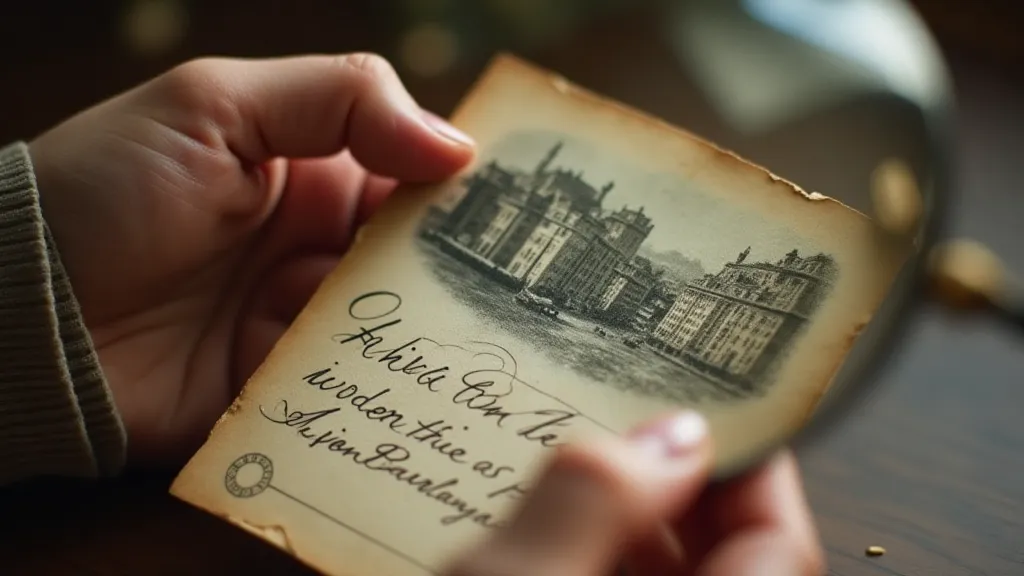
The enduring appeal of these cards lies not only in their aesthetic qualities but also in their ability to evoke a sense of nostalgia and connection to the past. They serve as powerful reminders of the shared human experience, transcending time and distance.
